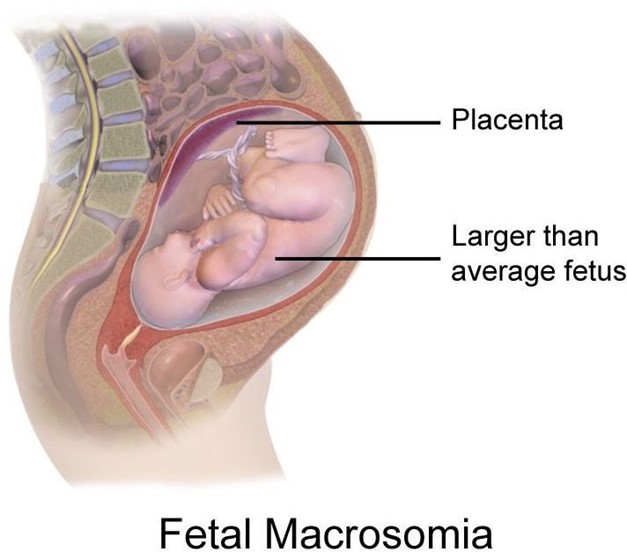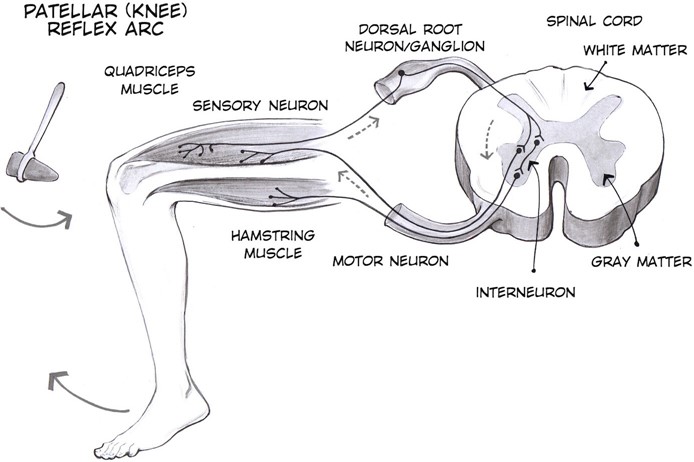A postpartum client has a fourth-degree perineal laceration. The nurse would expect which of the following medications to be ordered?
Select one:
Docusate sodium (Colace).
Bromocriptine (Parlodel).
Ferrous sulfate (Feosol).
Methylergonovine (Methergine).
The Correct Answer is A
Choice A Reason: Docusate sodium (Colace). This is because docusate sodium is a stool softener that can prevent constipation and straining during defecation, which can aggravate or impair the healing of a perineal laceration. A fourth-degree perineal laceration is a severe tear that extends through the skin, muscles, perineal body, and anal sphincter into the rectal mucosa. It can occur during vaginal delivery due to factors such as fetal macrosomia, forceps use, or episiotomy.
Choice B Reason: Bromocriptine (Parlodel). This is an inappropriate medication for a postpartum client with a fourth- degree perineal laceration, as it has no effect on wound healing or pain relief. Bromocriptine is a dopamine agonist that can suppress lactation by inhibiting prolactin secretion. It is used for women who do not wish to breastfeed or who have medical contraindications to breastfeeding.
Choice C Reason: Ferrous sulfate (Feosol). This is an unnecessary medication for a postpartum client with a fourth- degree perineal laceration, unless she has iron deficiency anemia. Ferrous sulfate is an iron supplement that can treat or prevent anemia by increasing hemoglobin production and oxygen-carrying capacity. Anemia can occur in the postpartum period due to blood loss during delivery or poor nutritional intake during pregnancy.
Choice D Reason: Methylergonovine (Methergine). This is an irrelevant medication for a postpartum client with a fourth-degree perineal laceration, as it does not affect wound healing or pain relief. Methylergonovine is an ergot alkaloid that can stimulate uterine contractions and reduce postpartum bleeding. It is used for women who have uterine atony or hemorrhage.
Nursing Test Bank
Naxlex Comprehensive Predictor Exams
Related Questions
Correct Answer is A
Explanation
Choice A Reason: Macrosomic fetus is a fetus that weighs more than 4000 grams or 8 pounds 13 ounces at birth. It is not a common complication of teenage pregnancy, but rather of maternal diabetes, obesity, or a history of large babies.
Choice B Reason: Preeclampsia is a condition characterized by high blood pressure and proteinuria in pregnancy. It can cause serious complications for both the mother and the baby, such as seizures, organ damage, growth restriction, and placental abruption. Teenage pregnancy is a risk factor for preeclampsia, especially if the mother is younger than 15 years old.
Choice C Reason: Inadequate nutritional status of mother is a condition where the mother does not consume enough calories, protein, vitamins, minerals, or fluids during pregnancy. It can affect the growth and development of the baby and increase the risk of low birth weight, preterm birth, and birth defects. Teenage pregnancy is a risk factor for inadequate nutritional status of mother, as teenagers may have poor dietary habits, eating disorders, or limited access to food.
Choice D Reason: Cephalopelvic disproportion is a condition where the size or shape of the baby's head or body is too large to fit through the mother's pelvis. It can prevent normal vaginal delivery and require cesarean section. Teenage pregnancy is a risk factor for cephalopelvic disproportion, as teenagers may have smaller or immature pelvises that are not fully developed.

Correct Answer is D
Explanation
Choice A Reason: Respiratory rate of 16. This is an incorrect answer that indicates a normal finding that does not suggest magnesium sulfate toxicity. Respiratory rate is a measure of the number of breaths per minute, which reflects the respiratory function and oxygenation status. Respiratory rate of 16 is within the normal range for adults, which is 12 to 20 breaths per minute. Respiratory rate of 16 does not indicate magnesium sulfate toxicity, which can cause respiratory rate below 12 breaths per minute.
Choice B Reason: Complaints by the client of feeling flushed and warm. This is an incorrect answer that indicates a common side effect that does not indicate magnesium sulfate toxicity. Feeling flushed and warm are sensations that are caused by vasodilation (widening of blood vessels), which can occur as a result of magnesium sulfate administration. Feeling flushed and warm are not signs of magnesium sulfate toxicity, but rather expected and mild reactions that usually subside within a few hours.
Choice C Reason: Fetal heart rate of 120. This is an incorrect answer that indicates a normal finding that does not suggest magnesium sulfate toxicity. Fetal heart rate is a measure of the number of beats per minute of the fetal heart, which reflects the fetal well-being and oxygenation status. Fetal heart rate of 120 is within the normal range for fetuses, which is 110 to 160 beats per minute. Fetal heart rate of 120 does not indicate magnesium sulfate toxicity, which can cause fetal heart rate below 110 beats per minute or above 160 beats per minute.
Choice D Reason: Patellar reflexes are absent. This is because absent patellar reflexes are a sign of magnesium sulfate toxicity, which is a condition where the level of magnesium in the blood is too high, which can cause adverse effects on the neuromuscular and cardiovascular systems. Magnesium sulfate is a medication that is used to prevent or treat preterm labor, which is labor that occurs before 37 weeks of gestation. Magnesium sulfate works by relaxing the uterine muscles and inhibiting uterine contractions. However, magnesium sulfate can also affect other muscles and nerves in the body, and cause symptoms such as muscle weakness, respiratory depression, hypotension, or cardiac arrest.

Whether you are a student looking to ace your exams or a practicing nurse seeking to enhance your expertise , our nursing education contents will empower you with the confidence and competence to make a difference in the lives of patients and become a respected leader in the healthcare field.
Visit Naxlex, invest in your future and unlock endless possibilities with our unparalleled nursing education contents today
Report Wrong Answer on the Current Question
Do you disagree with the answer? If yes, what is your expected answer? Explain.
Kindly be descriptive with the issue you are facing.
